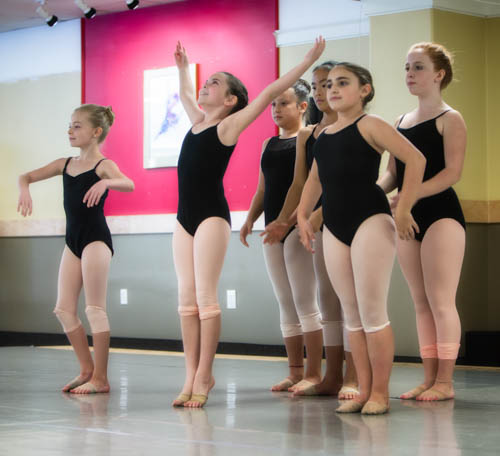 I was asked the following question regarding the previous blog, “Free Will and Predetermination are One: The Experience“:
I was asked the following question regarding the previous blog, “Free Will and Predetermination are One: The Experience“:
I wonder, when first experiencing the gap, does one swing back and forth between the doer and the witness quickly and involuntarily?
To which I respond:
Yes indeed. At first before enlightenment, the witness is experienced briefly from time to time. Particularly at first, the gap between the witness and the doer is huge. In time, they coexist with no gap between the two. Desirelessness and desire, sequentiality of time and no time, free will and predetermination, efforting and effortlessness, control and no control… all these dichotomies merge (resolve, become the same thing). In the resolution of paradox they become one (unification). As is said, you and God are One. It is as if you live at the edge (mergence, junction, unification) between polar opposites… fully in the Absolute and fully in the relative at the same time.
There is so much confusion regarding “desirelessness”, for example. Desire in life does not cease in enlightenment. Just consider the story of so many saints, even Lord Rama. They have many desires. Yet they were simultaneously fully awake to the level within which is already one with everything and so can desire nothing.
Initially in early enlightenment, a gap between the two is experienced. In time, they coexist with no gap between the two. They are experienced as the same thing… two sides of the same one coin.
Early, unintegrated glimpses of enlightenment can enrapture one so much with the Absolute that for a time people may feel overwhelmed by that aspect of their being that is free from desire. It is also easy to make a long standing mood or attitude of freedom from desire. In time one moves past the overwhelm and confusion. Integration of paradoxes takes place and life becomes more natural.








Regarding the statement, “Early, unintegrated glimpses of enlightenment can enrapture one so much with the Absolute that for a time people may feel overwhelmed by that aspect of their being that is free from desire,” is that what people sometimes refer to as the “golden chains” of enlightenment?
How does one know when the witness is actually experienced?
Thank you for writing about both the theory and the experience. It really helps me to remember that experiences ripen and change.
Oooh! I love this idea of the paradoxes being two sides of the same coin! I am inspired. Thank you!
Thank you for the further clarification.
Interesting, one of those blogs you can read over and over!
I’m really enjoying this discussion of free will and predetermination. People’s questions and the deeper explanations provided on the blog are awesome.
Thank you so much for further explaining the dichotomies/the same one thing. Your words brought me joy, comfort, and inspiration.
mbs,
it is very different. ‘The golden chains’ refer the the overwhelming beauty of celestial perception which usually happens well after initial enlightenment as enlightenment refines over time.
Roy,
It is rather unmistakeable, especially the first few times it happens.
I just watched your video titled “What is Enlightenment?” on your Vedic Knowledge
website. Thank you for providing this profound knowledge. I sometimes struggle
with allowing myself to acknowledge what is happening during meditation, kind of
like a little voice telling me I’m doing it wrong or it’s not really working. Being able to
study your teachings through your websites and blogs is such a gift.
Roy,
“It’s not working” and “You’re doing it wrong” are like the two sides of the razor. The spiritual path is the razors edge. Just don’t fall to either side and you are home free!
I’m thoroughly enjoying this rich vein of gold that Michael Mamas has laid bare for us. The comments are marvelous!
I really like the emphasis on integration.
Great question and wonderful answer. Especially these experiential discussions peppered with principles help me go deeper.
I am so enjoying the discusses through the blogs on free will versus predetermination, as well as the discussions that arise as sidebars.
Different aspects of Essential qualities can challenge different parts of our being. A direct path to the Absolute may bring a level of enlightenment, a realization of a boundless presence of oneness, but what if someone desires a personal connection? Like being willing to connect with another, maybe someone disconnects from their true self through extended meditation, they have difficulty coming into contact with what is truly going on in the moment, while talking to another, being able to stay with their experience now, talking about it. They may notice contractions in their body that feels false, like controlling things, and tightening to protect. What supports the process of being grounded in our experience and intimate with others, opening up and expressing nature?